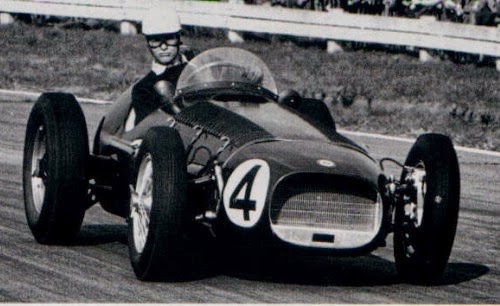Formula One fans and officials are keenly aware their sport is one of the most dangerous out there. Racing cars at high speeds leads to split second decisions, and driver error costing lives both on the track and in the viewing stands. A unique trait of the Formula One organisation, its fans, and drivers, is the recognition of the impact a proactive approach to safety can have on the organisation. In keeping with this realisation the organisation, drivers, and teams are constantly working to improve safety on the track. They have been working hard at this since the first Formula One Championship in Silverstone, England in 1950. Of course, even though the sports safety has improved dramatically since its inception, motorsport is still dangerous and accidents do still happen. Since Senna’s death in 1994, there hasn’t been a driver fatality since that day at Imola. There have been very serious accidents though. Jules Bianchi had a tragic freak accident last year and he’s still being treated in hospital currently.
Jules Bianchi crash was a “freak accident”, says Max Mosley, a former president of the FIA, and a lot of people agree with him. The accident was just incredibly bad luck. So how can Formula One learn from this? Well let’s have a look at the major advancements in Formula One safety by decade and see what history tells us.
1950s
At the beginning of the 1950s, F1 cars had a single purpose. Make the best time possible around the track, and win the race. They were designed with zero safety equipment, and the organisation did not have a medical or fire brigade on the track. By 1955 the organisation had deployed disc breaks to replace the old fashioned drum breaks, and had changed most of the cars to mid engine varieties.
1960s
Safety becomes an official part of the Formula One culture. The organisation set out the first safety standards and procedures governing races, teams, and spectators. The later however, still stood directly trackside behind think barriers. The 1960s saw the deployment of roll over bars, flag signals to drivers, fireproof suits, and fire suppression systems in all of the formula one fleet. Near the end of the decade drivers, starting with Dan Gurney began wearing full helmets and visors.
1970s
Racing’s governing body the FIA became more involved in the safety culture of Formula One, mandating procedures including the inspection of tracks to improve safety, and the 5-second driver rescue rule. The decade saw the introduction of headrests, foaming fuel tanks, enhanced fire safety suits designed by NASA, helmet standards, and the requirement drivers hold an FIA license to race. In 1974 safety walls became mandatory to protect patrons and spectators. Notably in 1972 the 6-point seatbelt was introduced.
1980s
Further improvements to patron and crowd protection were introduced in 1989 with the requirement for all tracks to have 1-metre high walls to protect them. Medical centres and medical procedures were enhanced with mandatory on track medical facilities and a standby helicopter present to whisk injured drivers away. Crash tests were also performed for the first time to rate the safety equipment on the formula one car, and Olympic style driver doping tests were introduced.
1990s
Safety regulations made up much of the improvement in the 1990s. These included banning exotic fuel mixes, using computer analysis to identify the most dangerous parts of the track and make them safer, the introduction of mandatory barrier testing. Rear view mirrors were both introduced in the earlier part of the decade and improved by the end of it, and anti lock breaking systems, or ABS were deployed fleet wide.
2000s-Present
New rules for drivers were introduced regarding the flags. Speed limits were adjusted and the overall speed, though still fast, was slowed down. Newer tracks raise the bar for safety standards, and older ones are retrofitted to make them safer. Currently in the wake of the accident at the Japanese Grand Prix in 2014, the time of Formula One races is being examined to understand if it would be safer only to run under daylight conditions.







